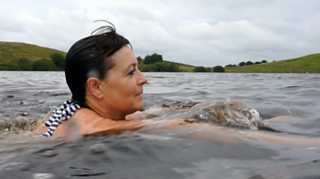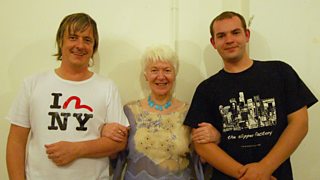Baths in white wine and six other surprising things about Mary Queen of Scots
24 July 2017
Mary, Queen of Scots , but there are a few things about the tragic monarch that you might not know.
1) She bathed in white wine
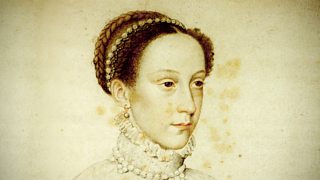
Mary was fond of having white wine in the bath. Not drinking it, though: she apparently had it poured into the tub.
It’s been said that , although .
This isn’t just a 16th Century phenomenon, .
2) She brought French food to Scotland

There were close ties between Scotland and France during the 16th Century.
Mary’s mother was a French noblewoman and in 1558 Mary married the heir to the French throne. She was even briefly the queen of France.
The relationship between the two countries saw French cuisine being imported to Scotland during this time.
At Falkland Palace in Fife, .
3) The executioner needed three cuts to chop her head clean off
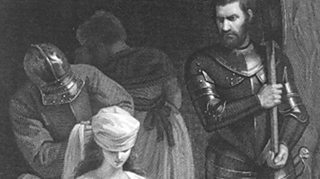
While it is well-known that , it .
Her physician wrote that she ‘endured two strokes of the other executioner with an axe, she making very small noise or none at all, and not stirring any part of her from the place where she lay; and so the executioners cut off her head saving one little gristle, which being cut asunder he lifted up her head to the view of all the assembly and bade God save the Queen.’
4) She was the subject of Nazi propaganda
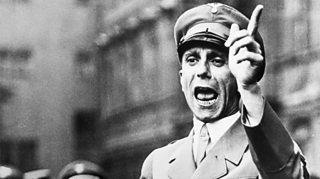
Nazi propaganda chief Joseph Goebbels used Mary Queen of Scots’ life story for propaganda purposes during World War Two.
One of his directors, Carl Froelich, which focussed on the English queen’s oppression of her Scottish cousin.
Goebbels was intitially disappointed with the film, noting after watching a preview that it ‘’.
5) She spent most of her life away from Scotland
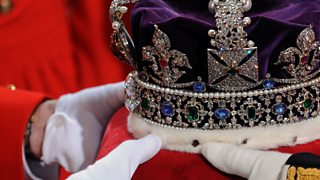
While Mary is best known as the Queen of Scots, she actually spent the majority of her life outside Scotland.
She moved to France in 1548, aged five, and returned in 1561 following the death of her first husband, Francis.
But Mary would only stay on Scottish soil until 1568.
She fled across the Solway Firth to England in 1568 and spent the next 19 years of her life in captivity in various locations in England, including and Tutbury Castle.
6) Marrying her was worth fighting over
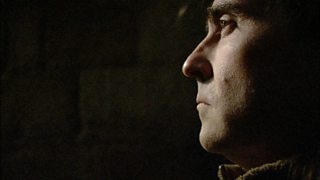
Mary’s choice of husband was a matter deemed worthy of war.
Henry VIII had wanted to force the Scots to agree to Mary marrying his son Edward.
When they refused, ’.
The Scots sought help from the French to fight off the English. But the price of this support was promising that Mary would marry the heir to the French throne, Dauphin Francis.
7) She was buried more than once
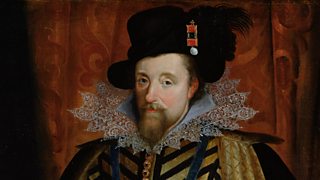
Following her execution .
But once her son James became king of England, he ordered her body to be removed and taken to Westminster Abbey.
Mary’s remains .
Latest features from ΒιΆΉΤΌΕΔ Scotland
-
![]()
'Wild swimming helps me process the grief of losing my son'
The benefits of cold water therapy.
-
![]()
Winter adventures are appealing, but an expert advises caution
Trips in winter require particular knowledge and skills.
-
![]()
The rescuers: Why volunteers risk their lives in mountain emergencies
Landward meets members of the Cairngorm Mountain Rescue Team.
-
![]()
βLook for the lightβ β practical tips to help you through another winter with SAD
Useful advice and tips to combat low moods at this time of year.
-
![]()
How you could be a binge drinker without even knowing
Binge drinking is classed as fewer units than many people may realise.
-
![]()
How chocolate biscuits and drama classes helped one man leave prison behind
The healing power of creativity.
-
![]()
'When people believe in you, itβs life-changing'
Author Graeme Armstrong revisits the man who helped turn his life around.
-
![]()
The 'breath-taking' display of US birds swept on to British soil
Recent storms have brought rare birds to our shores.
-
![]()
Six things we learned about Alan Cumming on Take the Floor (Spoiler: includes accordions)
The actor spoke to Take the Floor's Gary Innes.
-
![]()
How street gangs trap young men in a dangerous cycle of violence
The almost inescapable pull of life in a gang.
-
![]()
Why stylist Gok Wan believes there's no such thing as bad fashion
The fashion expert says we should stop following rules and do what feels right.
-
![]()
Is sending a CV still the right way to apply for a job?
They've been central to job applications for years, but are they worth it?
